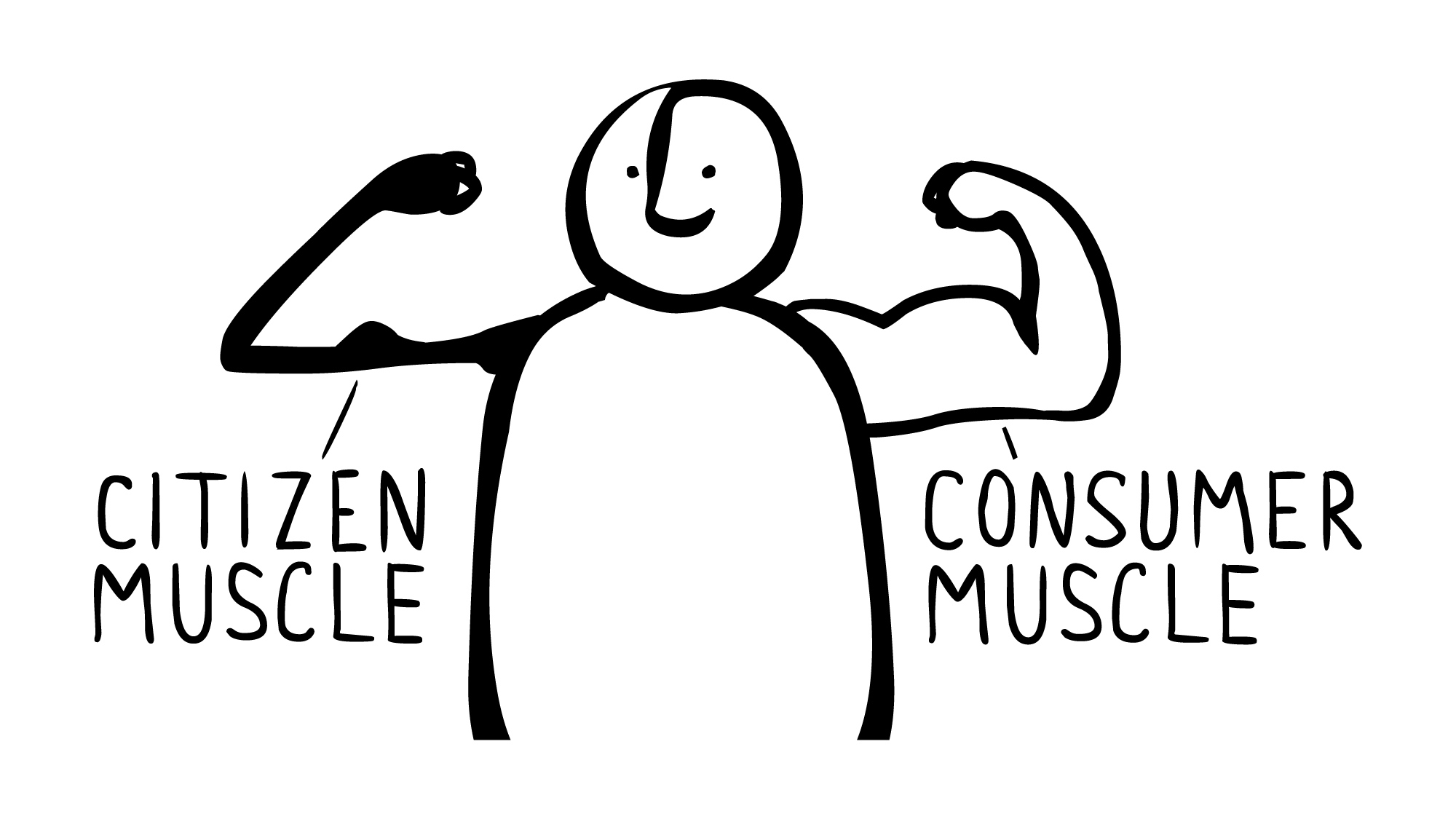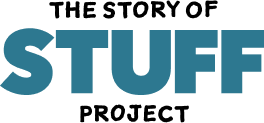Organizing Toolkit
Organizing Toolkit
Winning a reusable world means changing a make, take, waste status quo, and that won’t happen unless new people get involved. The good news is that people want to get involved, they just don’t know how.
Organizing is the practice of showing people how they can make a difference while also providing changemakers with a sense of community. Parts of effective organizing come naturally to us, like bringing our friends along with us when we start a new project. Other parts of effective organizing are harder to get used to, like pushing ourselves to include new people, or managing informal groups through a project.
Organizing work covers a large variety of skills like: personal growth and understanding, recruiting more people to join, making sure that changemakers in the movement have clear roles, deciding how groups of people work together, and more. Organizing has a broad history and has been necessary in all movements for change, the reuse movement is no different!

What’s in the toolkit?
- Reuse Principles Statement
- There are countless ways to go about changemaking, so it is helpful to get on the same page about how we want to do our work. These reuse principles lay out some key definitions and understandings to share across the reuse movement. Groups should unify around a set of shared principles like these at the start of their work together.
- Identify Reuse Problems and Solutions in Your Community
- This worksheet is a powerful starting point that pushes changemakers to create a foundation of knowledge to organize from. It should be used to identify the core impacts and key decision-makers of the plastic and single-use crises in a local community. This worksheet also prompts research into reuse solutions already underway in a local community, or common areas of opportunity for reuse solutions.
- How are People Organized and How to Reorganize Them
- In order to make the change we need to win a reusable future, we have to gather all sorts of interested people and put them into formation. This worksheet will help do exactly that. First it details some basic definitions and understandings of how people are currently organized out in the world, and then it gives definitions and understandings of the types of groups that people can join. Use this worksheet in tandem with the Governance Guidance worksheet if you want to decide on which group or coalition you might want to form.
- Sample Power Map
- Part of the problem in the single-use crisis and make-take-waste economy is who has power, and who doesn’t. Fighting for reuse will require challenging or convincing decision-makers and a variety of stakeholders that knowingly or unknowingly hold up a disposable status quo. This power map can help changemakers visualize and plot power & the key stakeholders to target in their work.
-
Coming Soon
- Steps to Launch Your Group or Coalition
- The heart of organizing is getting people together! It can be a daunting task to start something new at the best of times, and it becomes even more nerve-wracking when stopping the single-use crisis enters the mix. This list helps break down the process of launching and supporting your group. This list can help changemakers just getting started, or can help existing leaders in the reuse movement think through what the next step or next cycle in their group looks like.
- Your First Meeting Sample Agenda
- When you gather a group of people together, it’s important to make that time useful for everyone. The best way to do that is to have a clear agenda that you send to your members in advance. It can take some time to learn how to draft one, so here is a draft one to get you started!
- When you gather a group of people together, it’s important to make that time useful for everyone. The best way to do that is to have a clear agenda that you send to your members in advance. It can take some time to learn how to draft one, so here is a draft one to get you started!
- Sample Local Action Plan
- Ladder of Engagement
- Recruitment
- Sample Recruitment Plan
- Segmented Sample Recruitment List
- Sample Recruitment flyer
- Engagement
- Sample Volunteer Engagement plan
- Sample Presentation for Reuse Changemakers to Adapt
- Strategy Setting
- Strategic Planning worksheet
- Strategy Setting Agenda
- Power Map Reuse in Your Community
- Recruitment Plan with options
- Ladder of engagement with recruitment plan and number targets
- Include Sample segmented list sheet
- Steps to Launch Your Group or Coalition
